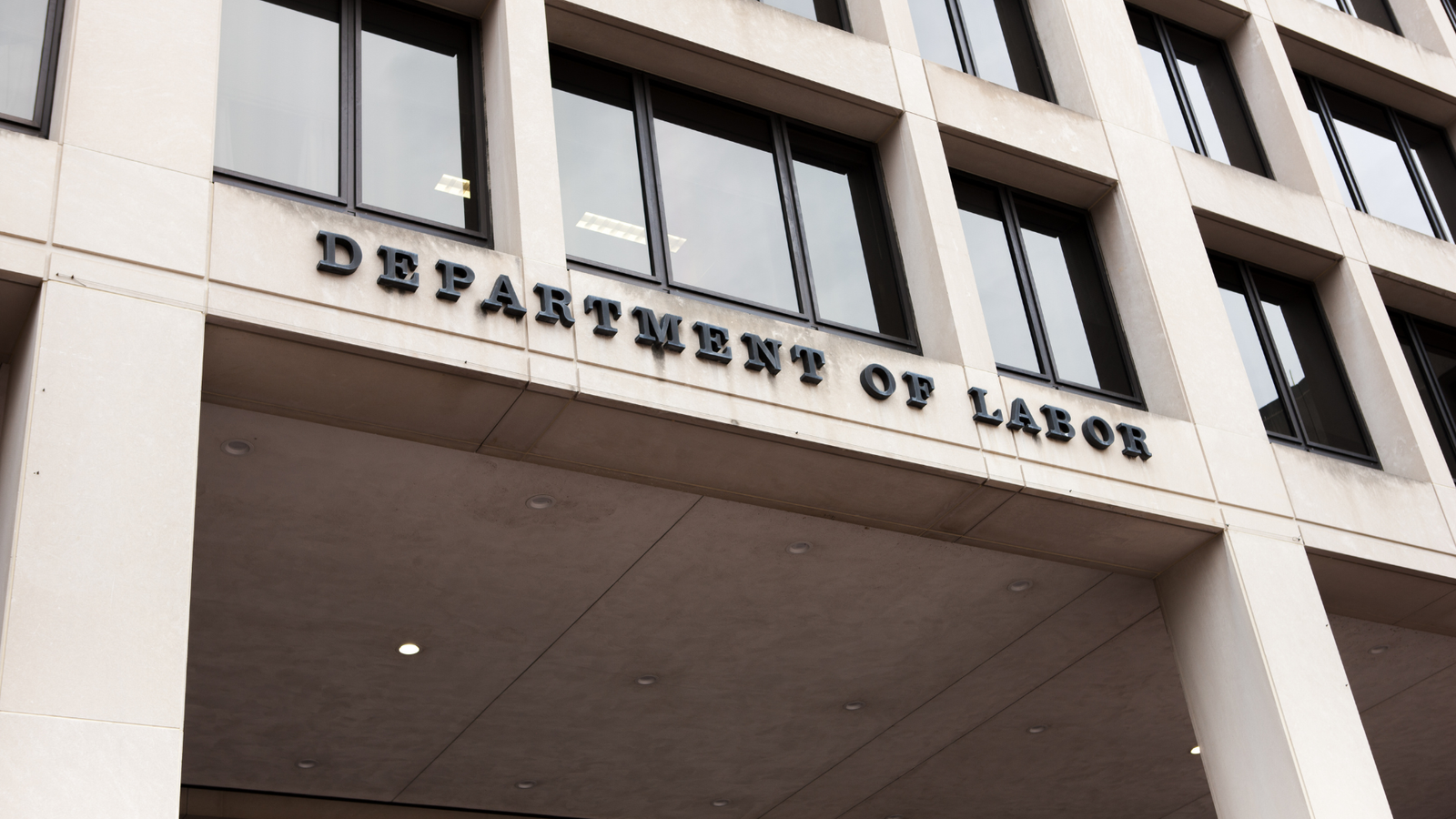The Department of Labor (DOL) is a critical federal agency that protects workers’ rights, ensures workplace safety, and promotes employment opportunities across the United States. Around since 1913, the DOL is the latest government entity currently facing scrutiny from the newly formed Department of Government Efficiency (DOGE).
On Friday, a federal judge declined to limit DOGE—which is not an official government department, but a task force led by Elon Musk—from accessing the DOL’s systems and sensitive information. Not everyone is happy about that, because they are worried Musk might gut the agency in similar fashion to what is being done with USAID.
But what does the DOL do? It’s worth knowing, because the labor department impacts everyone who has an employer of some kind.
What the Department of Labor actually does
The mission of the Labor Department is “to foster, promote and develop the welfare of the wage earners, job seekers and retirees of the United States; improve working conditions; advance opportunities for profitable employment; and assure work-related benefits and rights.” The breakdown looks like this:
-
Workplace safety: The Occupational Safety and Health Administration (OSHA), part of the DOL, sets and enforces workplace safety standards. This protects millions of workers from hazardous working conditions across industries.
-
Wage and hour protection: The DOL’s Wage and Hour Division ensures workers receive fair compensation, enforcing minimum wage laws, overtime pay, and child labor regulations. For instance, in 2024 the division recovered more than $273 million in back wages and damages for nearly 152,000 workers nationwide.
-
Employment rights: The department enforces federal labor laws that prohibit discrimination, protect worker benefits, and ensure fair employment practices. This includes oversight of minimum wage requirements, overtime compensation, workplace discrimination protections, and family and medical leave rights.
What laws does the Labor Department enforce?
Some of the key labor laws the DOL enforces include:
-
Fair Labor Standards Act, which sets standards for private and public employment including wages, overtime pay and child labor.
-
Family and Medical Leave Act, which provides up to 12 weeks of unpaid leave for medical and family care reasons.
-
Occupational Safety and Health Act, which protects workers from unsafe and unhealthy working conditions and is administered by OSHA.
-
Workers’ compensations acts including those related to longshore and harbor workers; Department of Energy employees; coal miners; and federal employees.
-
Affordable Care Act provisions related to employer health care coverage.
-
Worker Adjustment and Retraining Notification (WARN Act), which requires employers to provide notice prior to large layoffs.
-
Employee Retirement Income Security Act, which regulates private pension plans and benefits.
-
Immigration and Nationality Act provisions applying to visa programs.
Additional labor laws that the DOL enforces are listed here.
How to contact the DOL
To file a complaint about an employer violating your rights, you’ll typically need to gather personal and work information including your name and contact information; the company you work or worked for and its location, contact information and manager or owner; the work you did; your payment and records of hours worked.
-
File workplace complaints online at www.dol.gov
-
Call 1-866-4-USA-DOL for assistance
-
Report wage theft, safety violations, or discrimination
-
Seek information about workers’ rights
The bottom line
The DOL’s impact extends to nearly every American worker, protecting fundamental employment rights and ensuring safe, fair working conditions.
This articles is written by : Nermeen Nabil Khear Abdelmalak
All rights reserved to : USAGOLDMIES . www.usagoldmines.com
You can Enjoy surfing our website categories and read more content in many fields you may like .
Why USAGoldMines ?
USAGoldMines is a comprehensive website offering the latest in financial, crypto, and technical news. With specialized sections for each category, it provides readers with up-to-date market insights, investment trends, and technological advancements, making it a valuable resource for investors and enthusiasts in the fast-paced financial world.
